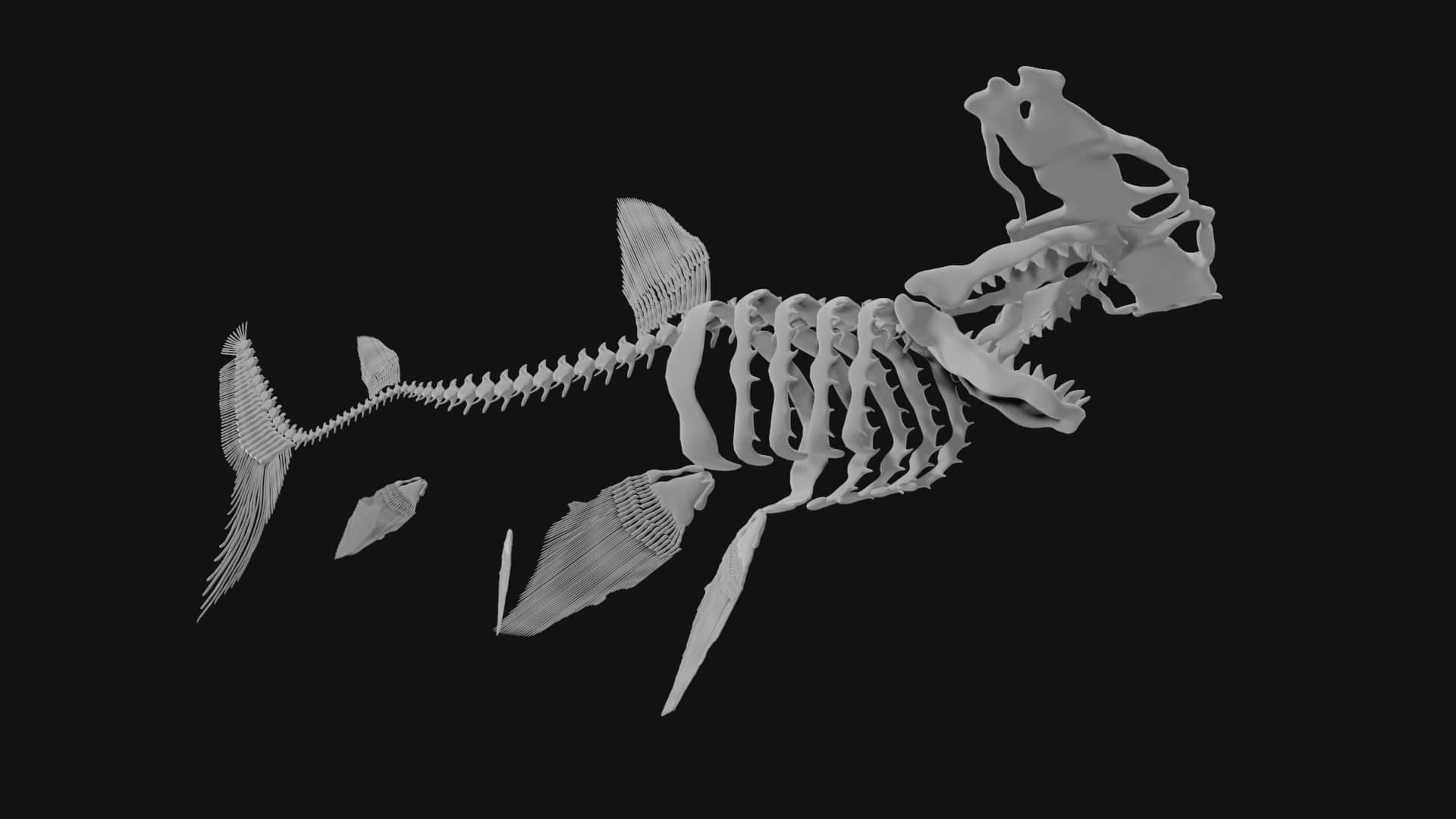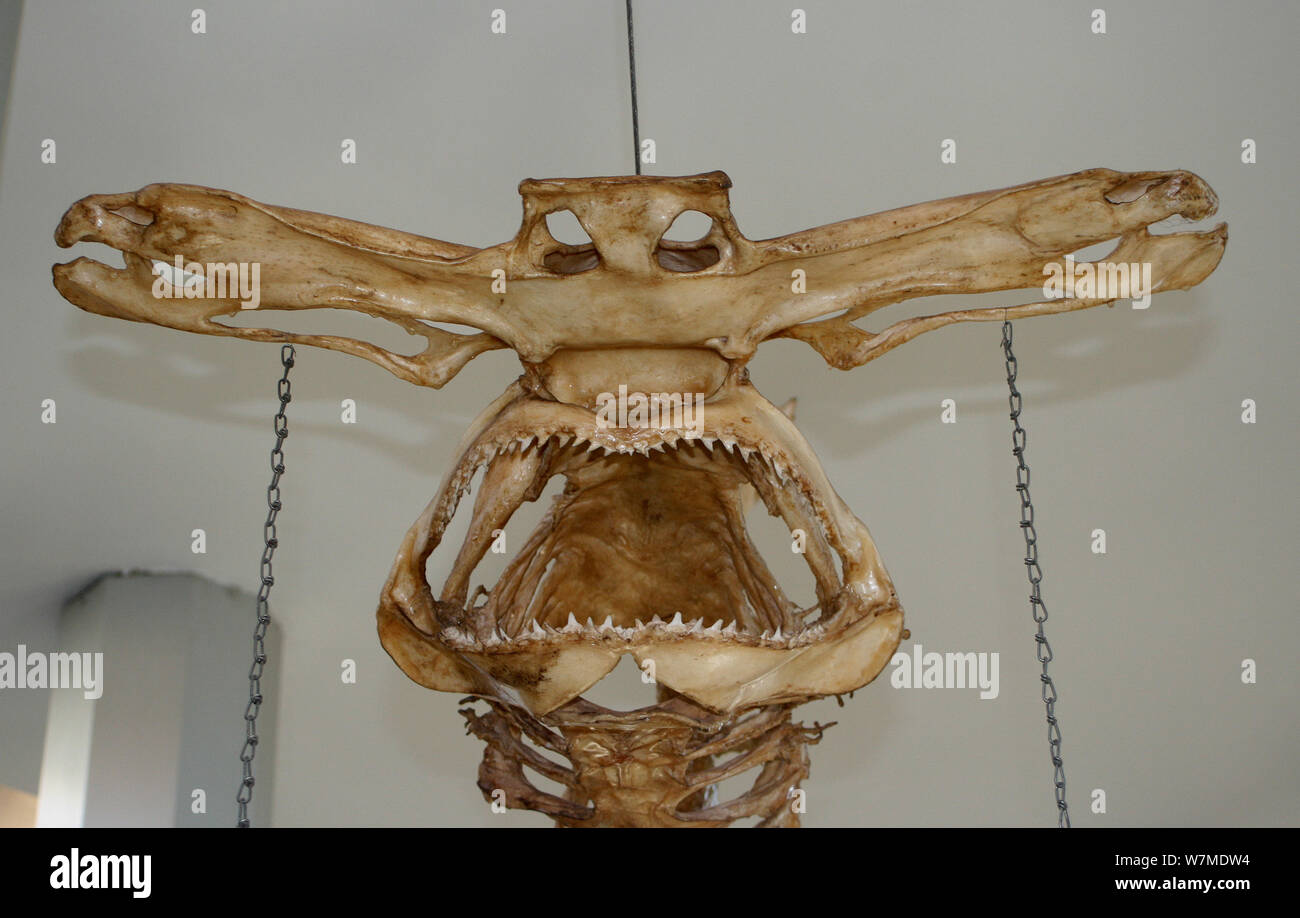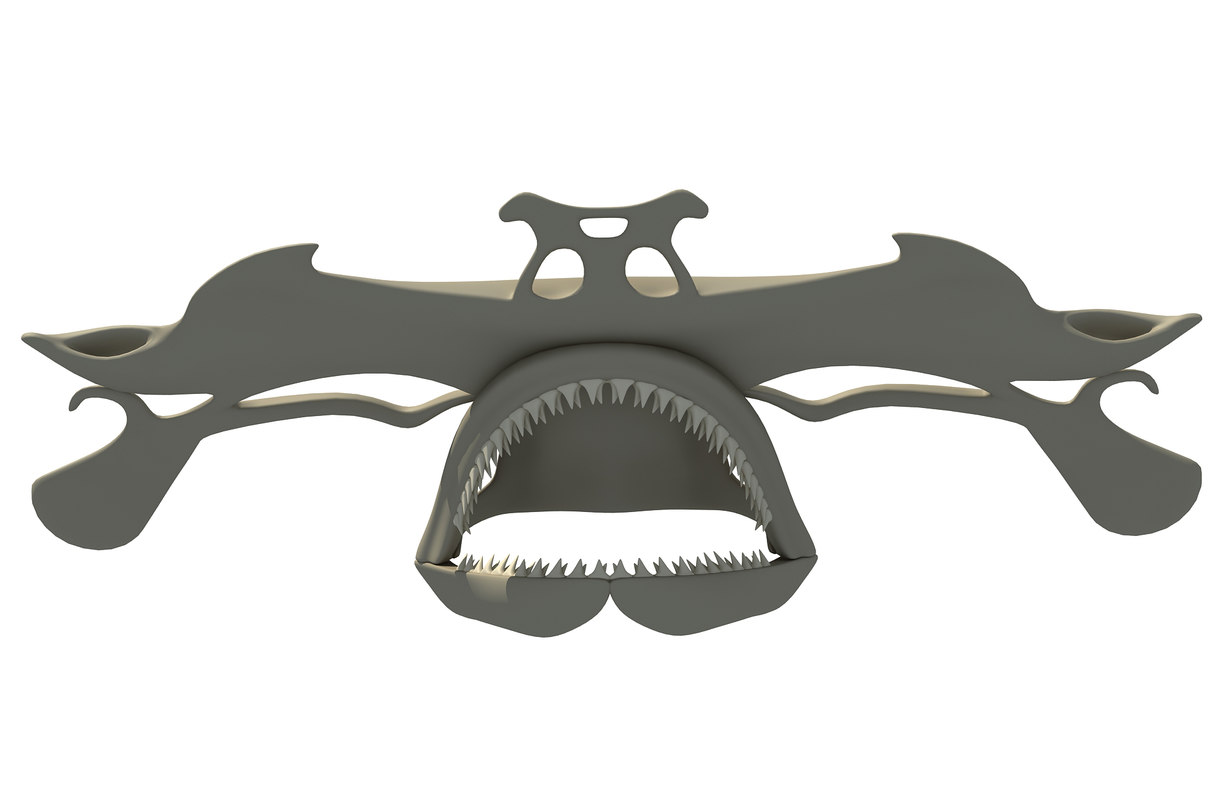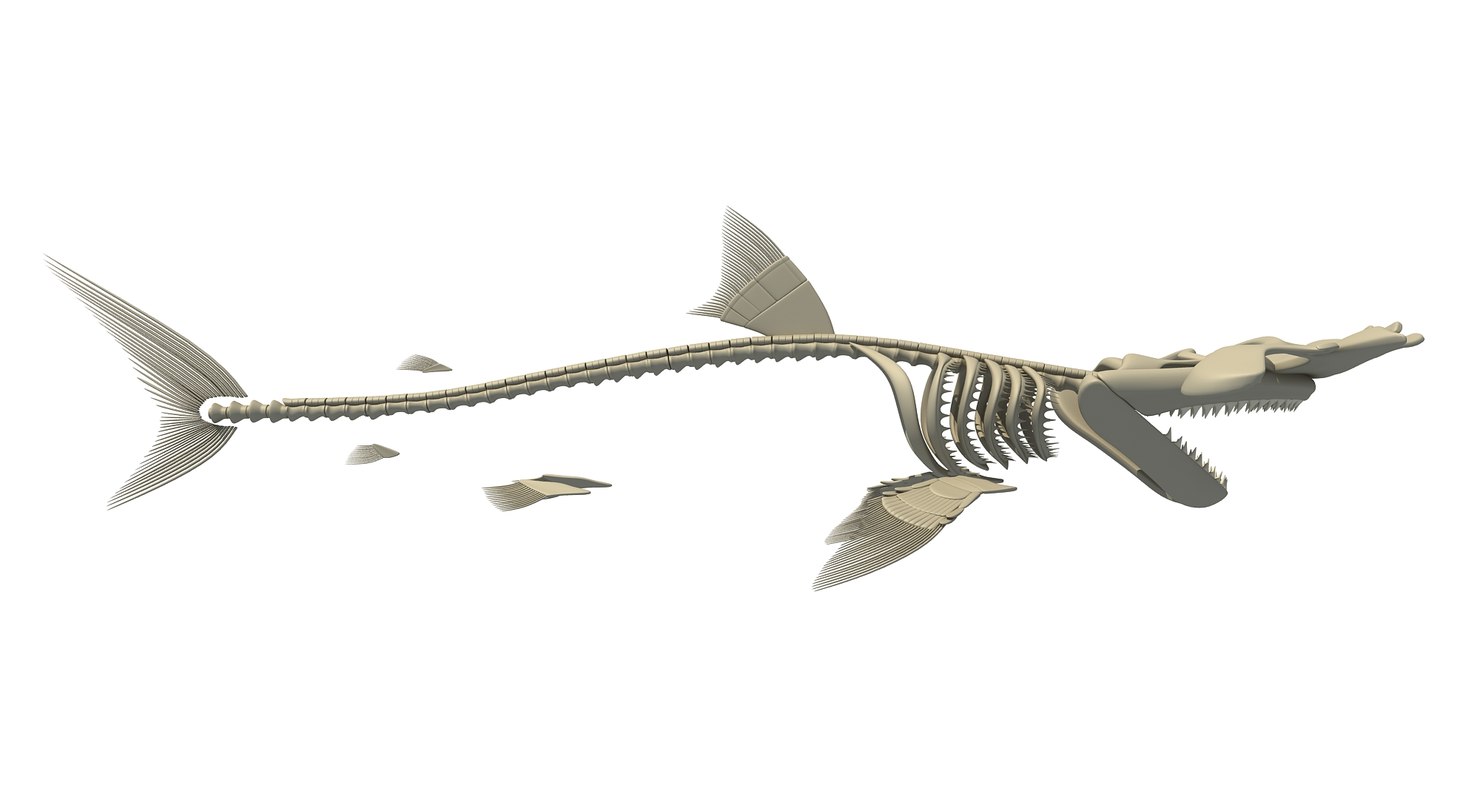
Hammerhead Shark Skeleton 3D Model 3D Horse
Hammerhead sharks have a cartilaginous skeleton. Their flexible and strong skeleton allows them to swim and maneuver quickly. Cephalofoil is the name for hammerhead sharks' heads. With one eye on each side, their wide vision helps the sharks scan their surroundings quickly. This helps them find their prey.

Hammerhead Shark Skeleton 3D model CGTrader
How did the Hammerhead Shark Evolve? | BBC Earth BBC Earth 12.4M subscribers Subscribe 54K views 12 years ago An insight into the evolution of the hammer that defines Hammerhead sharks. Great.

Hammerhead shark skeleton 3D model TurboSquid 1158988
Spotted a Great Hammerhead Shark cartilaginous / skeleton at the KZN Sharks board in Umhlanga, South Africa

Hammerhead Shark Skeleton 3D Model 3D Horse
13 to 20 feet Weight: 500 to 1,000 pounds Size relative to a 6-ft man: Hammerhead sharks are consummate predators that use their oddly shaped heads to improve their ability to find prey. Unique.

Hammerhead Shark Skeleton Shark skeleton, Hammerhead shark, Shark
Why do hammerhead sharks have hammer-shaped heads? A great hammerhead shark's two eyes can be 3 feet apart on opposite sides of its skull. Why do hammerhead sharks have hammer-shaped heads?.

shark skull Google Search Animal skeletons, Hammerhead shark, Meat art
The 10 diverse hammerhead shark species are all distinguished by this peculiar head form. Although the cephalofoil's exact function is unknown, it is thought to aid in the sharks' mobility, sensory perception, and hunting. Hammerhead sharks may have a fearsome reputation, but they are not usually thought to pose a threat to people.

Hammerhead Shark Skeleton 3D Model by 3D Horse
hammerhead shark, (family Sphyrnidae), any of 10 shark species belonging to the genera Sphyrna (9 species) and Eusphyrna (1 species), which are characterized by a flattened hammer- or shovel-shaped head, or cephalofoil. Hammerhead sharks, or sphyrnids, are perhaps the most distinctive and unique of all sharks.

hammer shark skull skeleton Google Search Ded Anjimals in 2019
This shark's unusual name comes from the unusual shape of its head, an amazing piece of anatomy built to maximize the fish's ability to find its favorite meal: stingrays. A hammerhead shark uses its wide head to trap stingrays by pinning them to the seafloor. The shark's eye placement, on each end of its very wide head, allows it to scan more area more quickly than other sharks can.

Hammerhead shark skull skeleton 3D model TurboSquid 1170166
With their sandpaper skin, cartilage skeleton, electroreceptive sensors, and rows of dangerous teeth, sharks fascinate many people. However, even within this distinctive group the hammerhead sharks that make up the Sphyrnidae family have attracted a special attention due to the unusual shapes of their namesake heads, called cephalofoils. Several evolutionary benefits of the cephalofoil have.

Hammerhead shark Skeleton 3d model Low Poly Team 3d Yard
Appearance: The most recognizable shark feature may be its fin. Sharks are a group of elasmobranch fish, which are characterized by a cartilaginous skeleton, five to seven gill slits on the sides.

Hammerhead shark skeleton YouTube
Great Hammerhead. Perhaps the most distinctive marine animal of all—the Great Hammerhead has a unique hammer-shaped head that gives it large visual range. Like other sharks, the hammerhead has many teeth. More so than many think—about 17 rows of teeth on the upper and lower jaws. The shark feeds on fish and other marine prey such as octopi.

Great Hammerhead Shark skeleton hanging from the ceiling at KwaZulu
Hammerhead shark evolution.. Because most of the skeleton of sharks is made from soft cartilage, it takes special conditions for this to preserve. The teeth, however, are made from a much tougher material known as dentin, which is harder and denser even than bone. While this enables a powerful bite, it also increases the chance that the.

Hammerhead shark skull skeleton 3D model TurboSquid 1170166
A shark's lightweight skeleton allows it to put more energy into swimming and use dynamic lift to maintain its place in the water. Senses.. A fisherman holds a freshly cut dorsal fin from a scalloped hammerhead shark (Sphyrna lewini). Every year, humans kill an estimated 100 million sharks. Removing sharks in large numbers can have ripple.

Hammerhead Shark Skeleton 3D model CGTrader
The great hammerhead shark is the largest of all nine hammerhead species, reaching an average length of 13.1 feet (4 m) and weight of 500 pounds (230 kg). The longest great hammerhead shark ever recorded was 20 feet (6.1 m) long, and the heaviest great hammerhead shark ever recorded was 991 pounds (450 kg)..

Hammerhead shark skeleton 3D model TurboSquid 1158988
The scalloped hammerhead (Sphyrna lewini) is a species of hammerhead shark in the family Sphyrnidae.It was originally known as Zygaena lewini.The Greek word sphyrna translates into "hammer" in English, referring to the shape of this shark's head, which is its most distinguishing characteristic. The shark's eyes and nostrils are at the tips of the extensions.

Hammerhead Shark Skeleton 3D Model by 3D Horse
Skeletal/Muscular System Circulatory Ststem Habitat Skeletal system The skeleton of a shark is entirely composed up of cartilage. It is a bit alarming, but sharks do not have bones. The fact that sharks have cartilage instead of bone is extremely beneficial. Cartilage is lighter than bone; this helps the shark stay afloat.